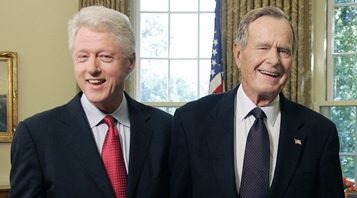You can’t trade your company’s culture in as if it were a used car. For all its benefits and blemishes, it’s a legacy that remains uniquely yours. Cultures evolve over time—sometimes slipping backward, sometimes progressing—and the best you can do is work with and within them, rather than fight them.~Jon R. Katzenbach, Ilona Steffen, Caroline Kronley

I’ve read a number of articles and studies about why strategic plans fail and have attempted to steer leaders clear of those obstacles. I’ve come across numerous articles that not only highlight, but emphasize the critical nature of a strategy aligning with a culture in order to have that strategy be embraced by the organization.
Authors Katzenbach, Steffen, and Kronley wrote a thought-provoking article in HBR entitled, Cultural Change that Sticks: Start with What’s Already Working. There are many great takeaways from this article, but I’m going to highlight the nuggets that really stood out to me. The author trio said…
Leaders: Start with What’s Already Working
Too often an organization’s strategy, imposed from above, is at odds with the ingrained practices and attitudes of its culture. Leaders may underestimate how much a strategy’s effectiveness depends on culture alignment. Culture trumps strategy every time.
Change is Hard
Studies show that only 10% of people who have had heart bypass surgery or an angioplasty make major modifications to their diets and lifestyles afterward. We don’t alter our behavior even in the face of overwhelming evidence that we should. Change is hard. So you need to choose your battles.
Observe the behavior prevalent in your organization now, and imagine how people would act if your organization were at its best, especially if their behavior supported your business objectives. Ask the people in your leadership groups, “If we had the kind of culture we aspire to, in pursuit of the strategy we have chosen, what kinds of new behaviors would be common? And what ingrained behaviors would be gone?”
It’s tempting to dwell on the negative traits of our culture, but any corporate culture is a product of good intentions that evolved in unexpected ways and will have many strengths. If you can find ways to demonstrate the relevance of the original values and share stories that illustrate why people believe in them, they can still serve your organization well. Acknowledging the existing culture’s assets will also make major change feel less like a top-down imposition and more like a shared evolution.
I’ve watched numerous organizations struggle to implement their strategic plan. In retrospect, in several cases I can see where the strategy was asking the organization to make a cultural leap that probably felt like they were trying to straddle the Grand Canyon. I would argue that it’s always good to challenge yourself in a strategic plan, but starting with what’s working within your culture as a launching pad certainly makes all kinds of sense.
Swim Downstream
It’s kind of like choosing to swim downstream and throwing in a new stroke every so often to continue to evolve overtime—gradually, intentionally, and gently.



